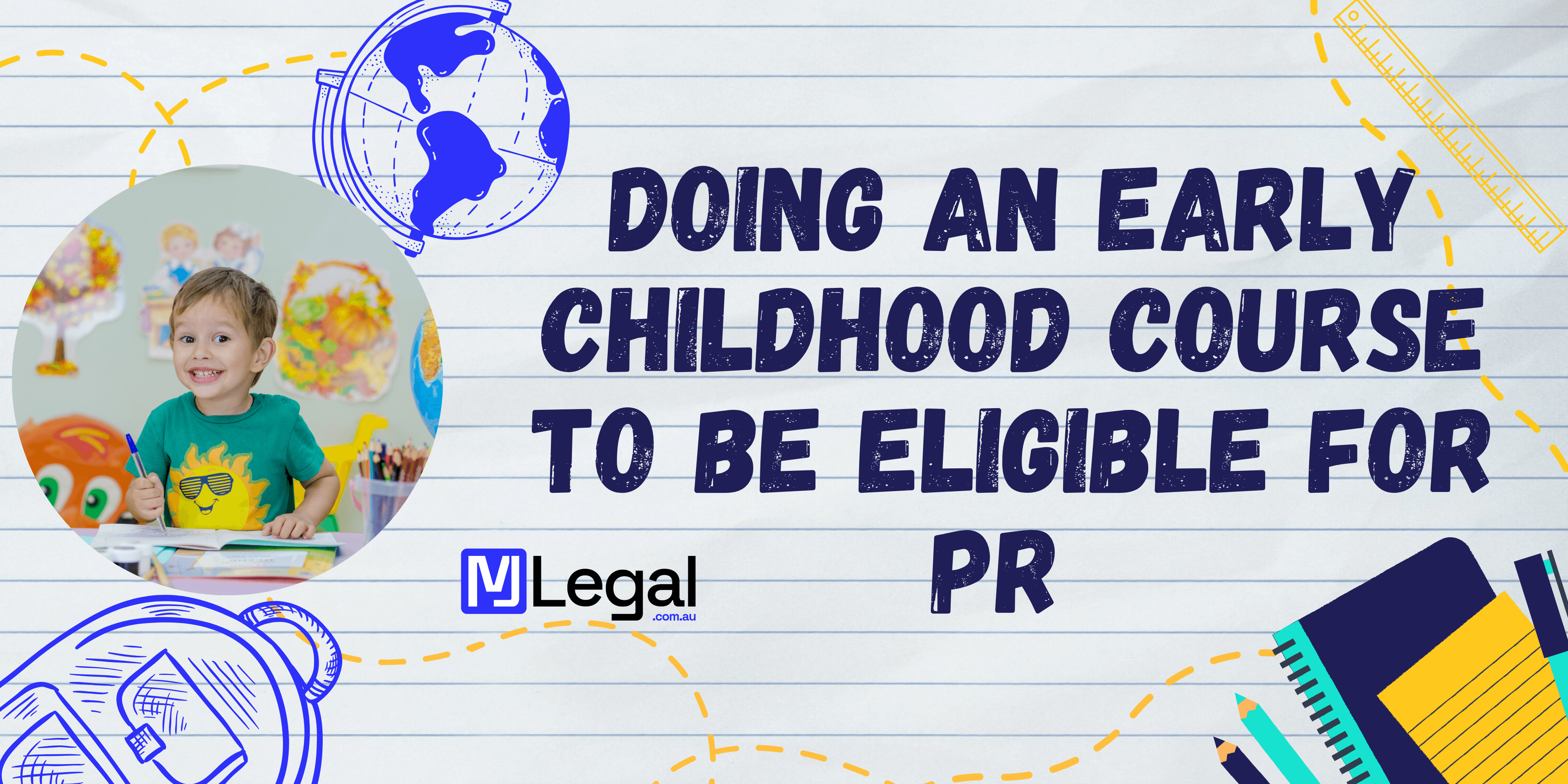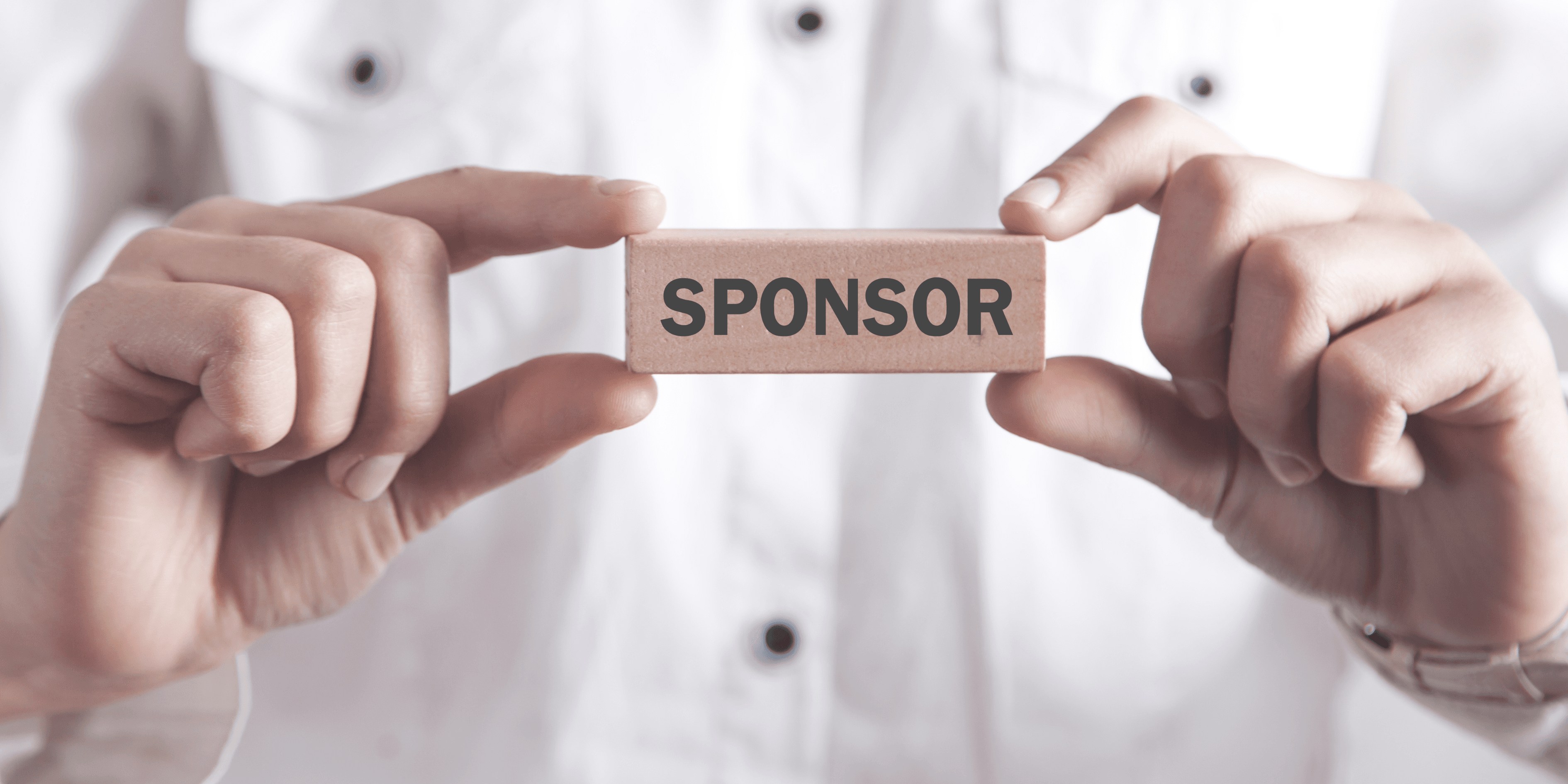Doing an Early Childhood Course to be eligible for PR

Why study an early childhood course?
The demand for qualified early childhood teachers in Australia is consistently high, making it a lucrative career path. Moreover, certain occupations in this field are often listed on Australia’s skilled occupation list, which is crucial for visa pathways. By studying an early childhood education course, students gain specialized skills that not only enhance their employability in a thriving sector but also align with the criteria for certain PR visas.
Eligibility requirements for enrolling in an early childhood education course
To enrol in an early childhood education course in Australia, international students typically need to meet the academic and English language proficiency requirements. These may include having a certain level of education (Higher diploma, bachelors or masters etc) and having an IELTS score of overall 7.0. If you have studied a three-year bachelors in Australia and a few selected countries some universities may exclude you from the need to meet the English language tests. The requirements may depend on the university chosen by you for your enrolment. All students should ensure that they engage in a course that offers 60 days of supervised professional experience at the completion of the course. Additionally, applicants must have a valid visa to study in Australia and adhere to conditions attached to their visa status.
How does early childhood education lead to PR?
Completing an Early childhood education program opens pathways to PR through several avenues. Initially, it’s essential to recognize that you can undergo a skills assessment as an educator (Early childhood/Primary/Secondary education) through the relevant assessing authority, Australian Institute for Teaching and School Leadership (AITSL).
Importantly, you can apply for this assessment upon finishing your course, without necessitating post-study work experience. Upon receiving a positive skill assessment, you can then submit your Expression of Interest (EOI) and subsequently your Residency Obligation Information (ROI), highlighting your strong skill set. Upon receiving an invitation, you can initiate your skilled migration application, potentially leading to PR based on your circumstances and fulfillment of specific requirements.
Conclusion
Early childhood education course is challenging but rewarding. With the introduction of the new Australian migration strategy for 2024, the universities have become very rigid in assessing university applications of the students. It’s a path that requires careful planning and understanding of the Australian immigration law and visa regulations. Students are encouraged to stay updated with the latest information from the Australian government department of home affairs and seek professional advice to navigate this pathway effectively.
For detailed guidance tailored to your unique circumstances, contact our law firm. Oure team of experiences immigration lawyers at MJ legal is dedicated to helping you transform your educational achievements into a successful PR story in Australia.
Need Legal Assistance?
Our experienced legal team is here to help you with your immigration and legal matters.






